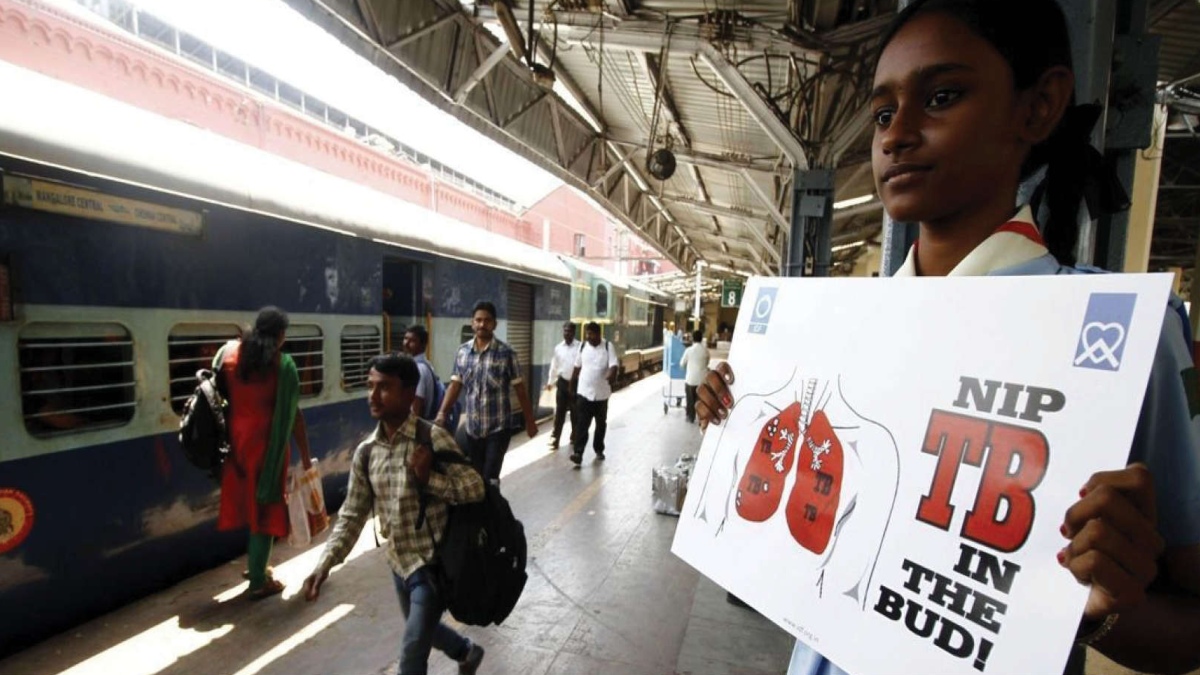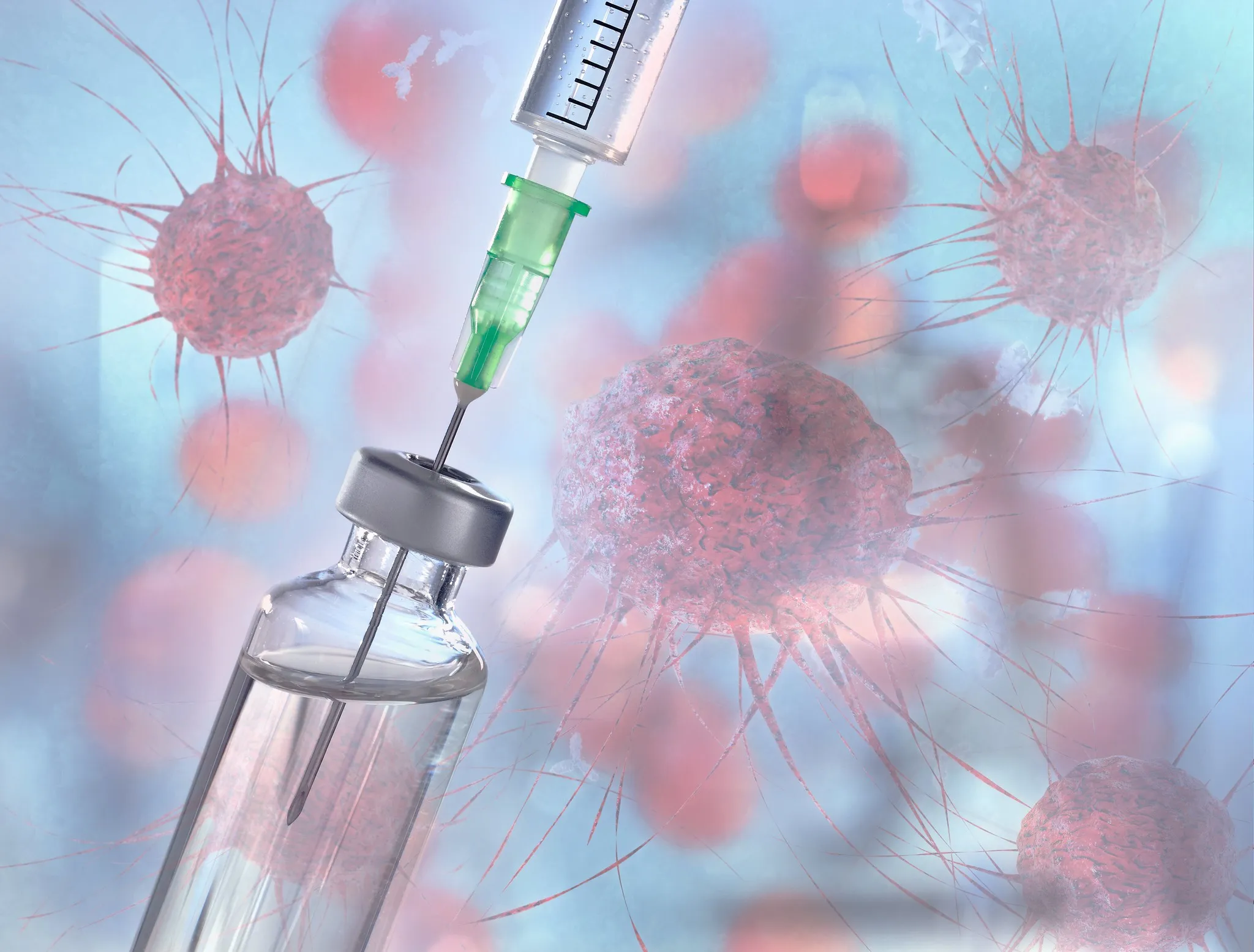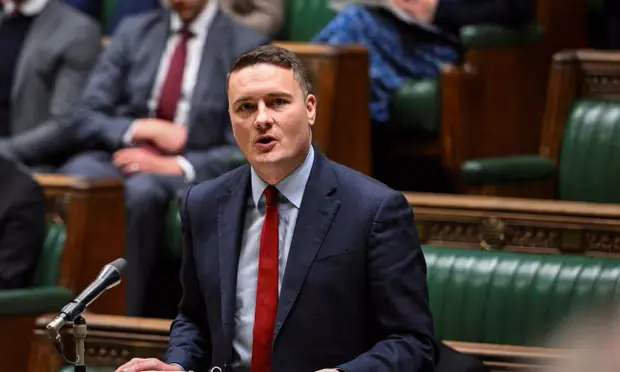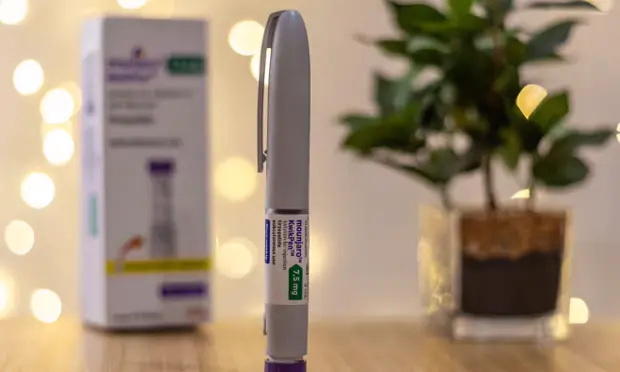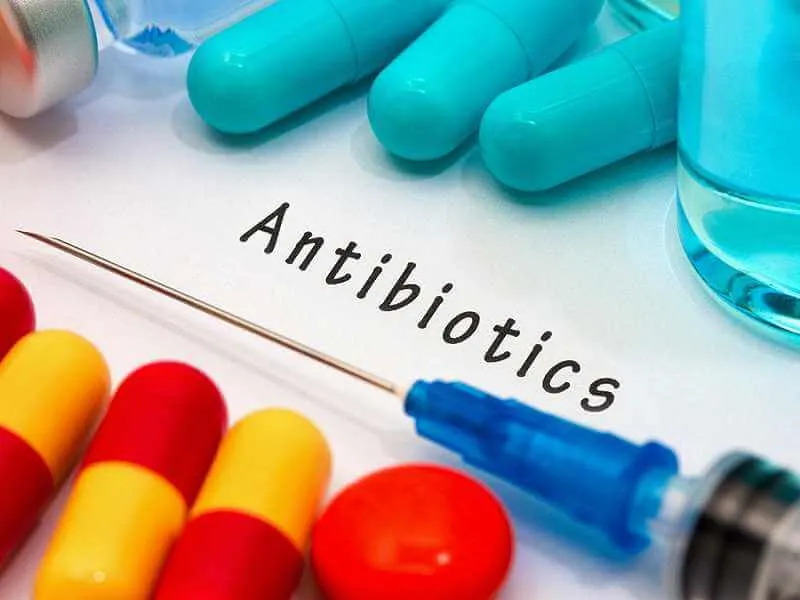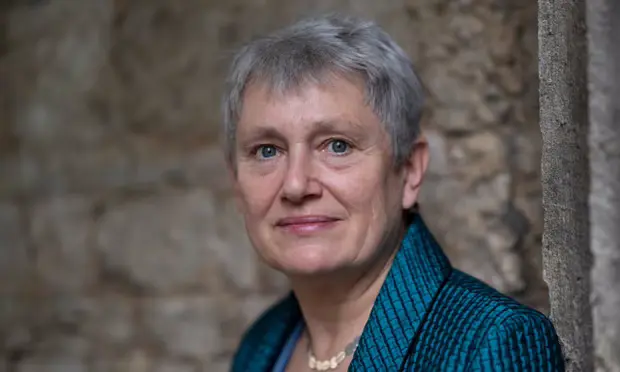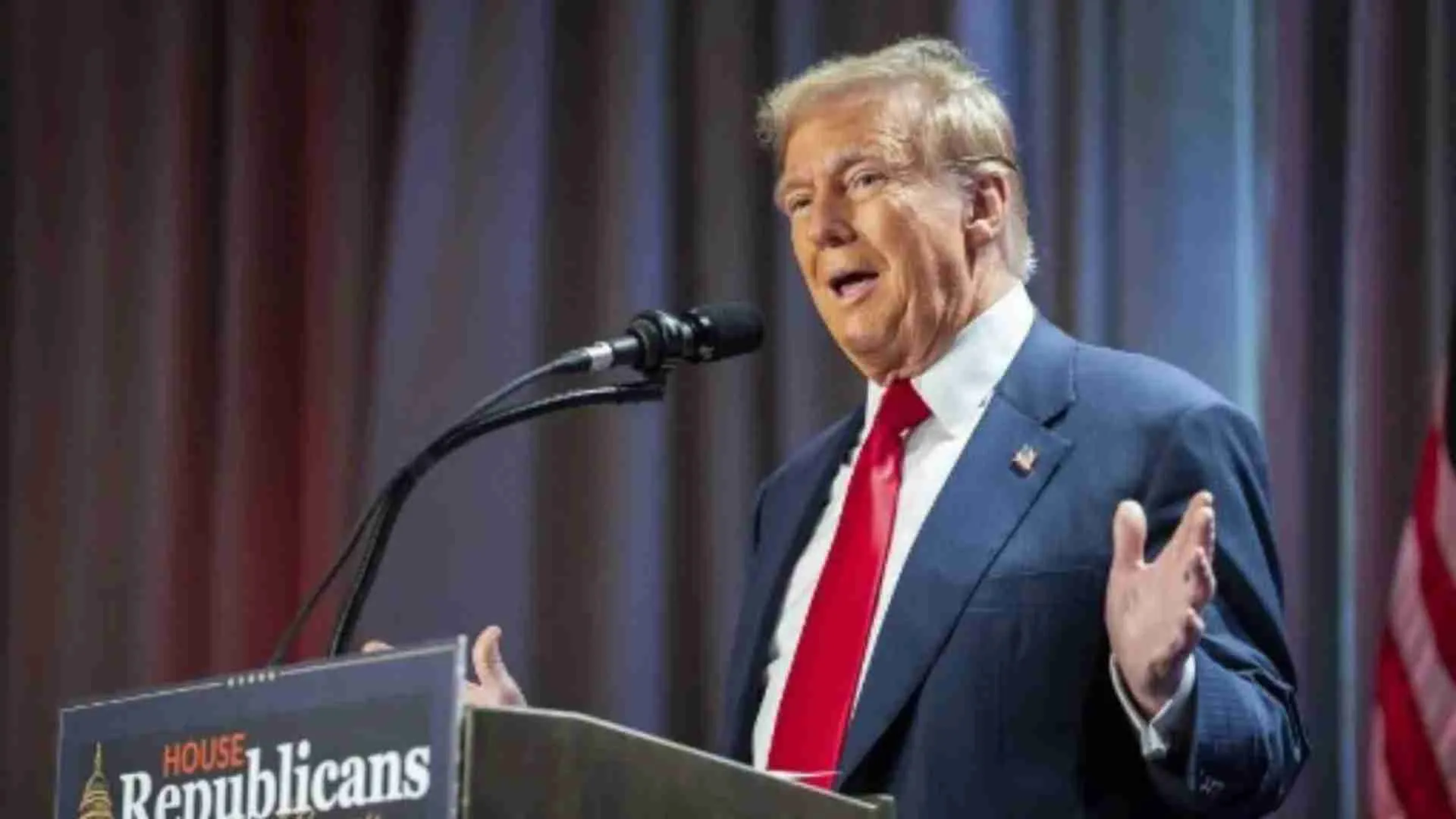India has long suffered from tuberculosis and attempts have continued to contain its spread. Prime Minister Narendra Modi had stated at the United Nations General Assembly that the disease would be eradicated in India by 2025. With that deadline coming up soon, medical experts—Dr Dalbir Singh, president of the Global Coalition Against Tuberculosis, Dr Raghuram Rao, Deputy Additional Director General, Tuberculosis and Public Health Specialist, Government of India (under the Ministry of Health and Family Welfare), and Dr Vijay Hadda, Associate Professor, Pulmonology Medicine at AIIMS—spoke to The Sunday Guardian, reflecting on how India has fared so far and how much it still has to do.
Q: How common is TB in India?
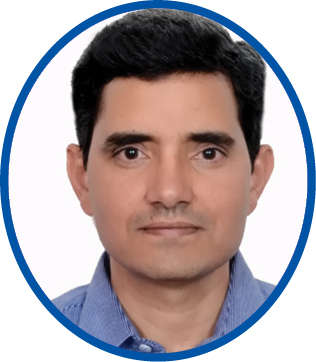
Dr Vijay Hadda: TB is still a menace affecting almost 4.5 million people per year and taking the lives of almost 1,500 patients per day. So you can imagine how common it is. Whenever a patient comes in with any respiratory symptoms like cough or fever, we always think there is a high possibility that the patient can have tuberculosis. So, yes, tuberculosis is very common and can present itself in any form. Pulmonary tuberculosis gets more attention as it spreads very fast. But we also come across other types like lymph node tuberculosis, bone tuberculosis, and even abdominal tuberculosis. So, almost every physician, irrespective of their subspeciality, manages TB patients. Tuberculosis is one of the most common diseases and is responsible for a significant number of lives lost, disabilities as well as a significant consumption of resources in our country.
Q: What kind of health policies do we have in India for tuberculosis patients?
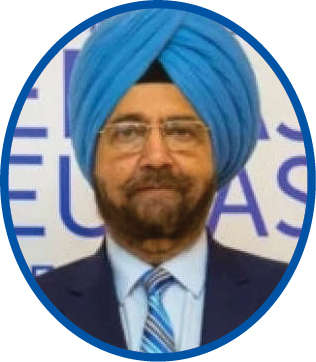
Dr Dalbir Singh: I have always maintained that policy is fundamental to everything. Almost a decade ago, in 2012, what we had in terms of diagnostics and serological tests were absolutely outmoded and not even 10% accurate. I was driven by passion at a very personal level because I had suffered from tuberculosis twice. The second time, my treatment went over 18 months and I nearly lost my life. My driver would go on coughing and wouldn’t listen to me, and I got the infection from him. I still remember I had had a tough time then because we had tests like “TB Gold” banned in 2012. The world has moved on since then. We were also set upon getting GeneXpert machines, but there were not a lot of things that happened at the policy level. We didn’t have any research so we had that established. There has been sustained advocacy for 8-9 years now. I began with four members. Today, I have 36 Members of Parliament, cutting across party lines, who talk only about TB, not ideology.
TB happens in every constituency in India. We lose 1,500 people every day, which is almost three times the figure of Covid. If we do not catch TB today, we are in serious trouble. It is something that has troubled the planet for nearly 9000 years and in the last two centuries we have lost millions of people to TB. There are a number of factors specific to India too. But the RNTCP has done phenomenal work in the last few years and is arguably the biggest project in the world. They have treated more than 50 million people, which is not a small figure, but our problem is that we have 1.3 billion people and a number of social, economic, and political factors which come into play. We have a vast population living in rural areas. How do we get these people to come and get the diagnosis done? How do you reach every man, do active case finding, and if you find them, how do you get them to reach the centre for diagnostics? Then, if they get their diagnosis, how do we ensure that they do not break the treatment routine? You will be surprised to know that even in the public sector, one-third of the people who seek care drop out.
People are better off in the private sector and that’s a fundamental problem. We have to integrate the private sector very effectively with the government sector. We made an attempt six years ago with the support of the government. I started a pilot project in Patna and then we took it to Maharashtra. Today, based on that model, the Government of India and even The Global Fund are doing a similar public-private interface. It is necessary and we have to refine that model for each of the states because each state has known characteristics. And unless we engage the private sector productively, we cannot end this disease.
India has been aiming to achieve TB eradication five years before the UN Sustainable Development Goals deadline of 2030. 2025 is our deadline and the Prime Minister gave a statement about it. The government has the will and we have the resources – we have done a lot of advocacy to increase it. We have a wonderful National Strategic Plan which can take us through, but what we need to do now is to integrate the private sector and utilise local governments. India has 2.2 lakh local governments and we can use them. One of our shortcomings has been that we have not engaged the community effectively. We should engage them, give them respect, create a legal framework and an administrative framework, and tell them that they are our partners, not subordinates. Without community engagement, we cannot reach our target.
Q: From where we are in 2021, can TB be eliminated in India by 2025? How prepared are we?

Dr Raghuram Rao: When we first made this National Strategic Plan, which Dr Dalbir mentioned, in 2017, we actually decided that we will make an attempt to achieve the SDGs for TB five years ahead of 2030. As per the WHO’s estimates then, there were 217 cases per lakh of the population. The latest WHO report says that in India, we now have 193 cases per lakh population. So there has been a significant reduction. This matches our coverage under the program. In 2017, we were losing almost a million cases, which were not being reported. That gap has now dropped to less than 2 lakhs. So once we find a TB case and put the patient under the right treatment, transmission to the next person doesn’t happen and we are able to break the chain of transmission. That is the agenda which we are pushing.
A lot of effort has been made in terms of man, material and money. All the infrastructure that is required has been put in place, molecular diagnostics have been scaled up, we have the indigenous TrueNat machine that is available in every district of the country, newer drugs are available across the country – so we are pushing hard and trying to find every TB case and achieve our goals.
What we are also doing is integrating this with the Health and Wellness Centres under the Ayushman Bharat program. There is a population of around 500 at the village level, so at these centres we are decentralising the services to be able to provide them to that population. The community health officer manning that centre would be in charge of making sure that the TB population is in control. By 2022, we would be saturating almost every sub-centre in this country and the comprehensive primary healthcare service provided will take TB in sync. So, we are confident that we will achieve our targets by 2025.

